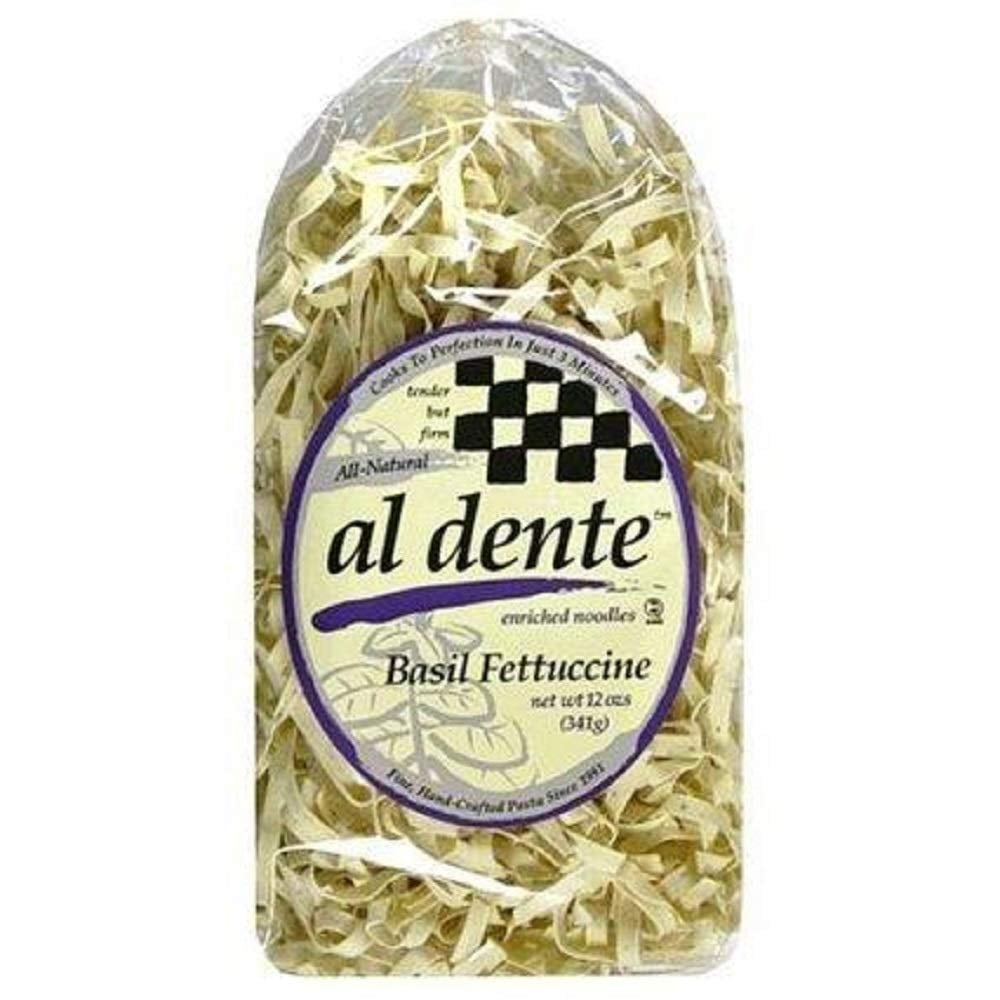

The starch in the water will help to thicken the sauce. At this time, add in some of the pasta water. It will absorb some of the sauce and flavor. Place enough sauce into a large frying pan or dutch oven and finish cooking the pasta. FINISH cooking the pasta in the sauce.The starch on the pasta needs to stay put! Before you empty the pot into a colander, reserve a cup of pasta water for your sauce Test the pasta starting at two minutes before suggested cook time.

COOK Al Dente – Only cook the pasta until it is soft, yet still has a chew.Wait a few seconds until the water is rapidly boiling and then add pasta. LOTS OF SALT – Once the water begins to boil, add the salt and not before.The exception to this rule is homemade, filled pasta such as ravioli.

The more water per pasta ratio, the more room the pasta has, and this avoids sticking. WHY? The more water per pasta ratio, the faster the water gets back to boiling and the faster the pasta will cook. LOTS OF WATER – I use a 7 quart pot fill it with 6 quarts of water to cook one pound of pasta.Choose the right pasta for the intended sauce.
#Noodles aldente how to
How to Cook Pasta al dente: Here are the rules for factory produced, dried pasta. This spinach pasta is store-bought from Trader Joe’s and will have a longer cooking time than homemade. Bread crumbs as a topping often give pasta that little extra something. Pistachio Pesto can be used on any pasta and is so good.įactory pasta is best suited to olive oil sauces and can be used with butter sauces. Add in pasta, but reserve a little of the pasta water. Where there’s a sauce involved like a warm pesto, you might want to finish the cooking in the pan to bring more favor to the pasta. Spaghetti with Meatballs and Garden Vegetables Doesn’t Need a Sauce. This is a pasta you absolutely want to cook al dente! This is the dish you’ll want to have leftovers.Ĭlassic Genovesa Pesto with Green Beans and Potatoes is a bit of Carb Heaven, but make sure that spaghetti has a bite to it. You will want to cook 4 ounces per person to be on the safe side, even though two ounces is a portion. However, if pasta is the main course ( spaghetti and meatballs), make sure you cook enough for a crowd. This is simply olive oil, garlic and crushed red pepper with broccoli. You don’t always need to have a ton of pasta to make a wonderful dish. Spaghetti is the most overcooked pasta on earth. No matter whether the pasta is homemade or store-bought, the rules for how to cook pasta are the same. This zucchini basil pasta dish is so delicious and a wonderful summer dish. There are no eggs used, and the pasta is very firm.įactory pasta is best suited to olive oil sauces and can be used with butter sauces. These pastas are made from water and semolina flour, a golden yellow hard wheat flour, which gives the pasta its structure. For example, spaghetti, rigatoni, penne pasta, and bucatini are factory pastas we all adore. While homemade pasta is wonderful, factory pasta is suited more to most Italian dishes. Trust me on this.įirst of all there is a difference in cooking times and sauce preferences between homemade and factory made dried pasta. If you buy a quality dried pasta, and it is cooked properly, it’s often better than pasta made from scratch at home. We tend to overcook pasta to a mushy, gummy mess, doing stupid things like adding in olive oil and then rinsing in cold water. I learned that we Americans are doing it all wrong! It was so delicious and satisfying and it felt almost as if the center wasn’t cooked. The first time I ever ate a pasta cooked correctly was a Pasta Carbonara dish in Rome. This takes longer to digest and avoids a spike in blood sugar. When pasta is cooked al dente, it means it has a tooth to it or a bite to it. However, when I went ot Italy and ate several different pasta dishes, I was surprised by the texture, and understood what al dente meant.

I am Italian American, but my grandparents were Italian immigrants. Cooking pasta al dente is as simple as tying shoes.


 0 kommentar(er)
0 kommentar(er)
